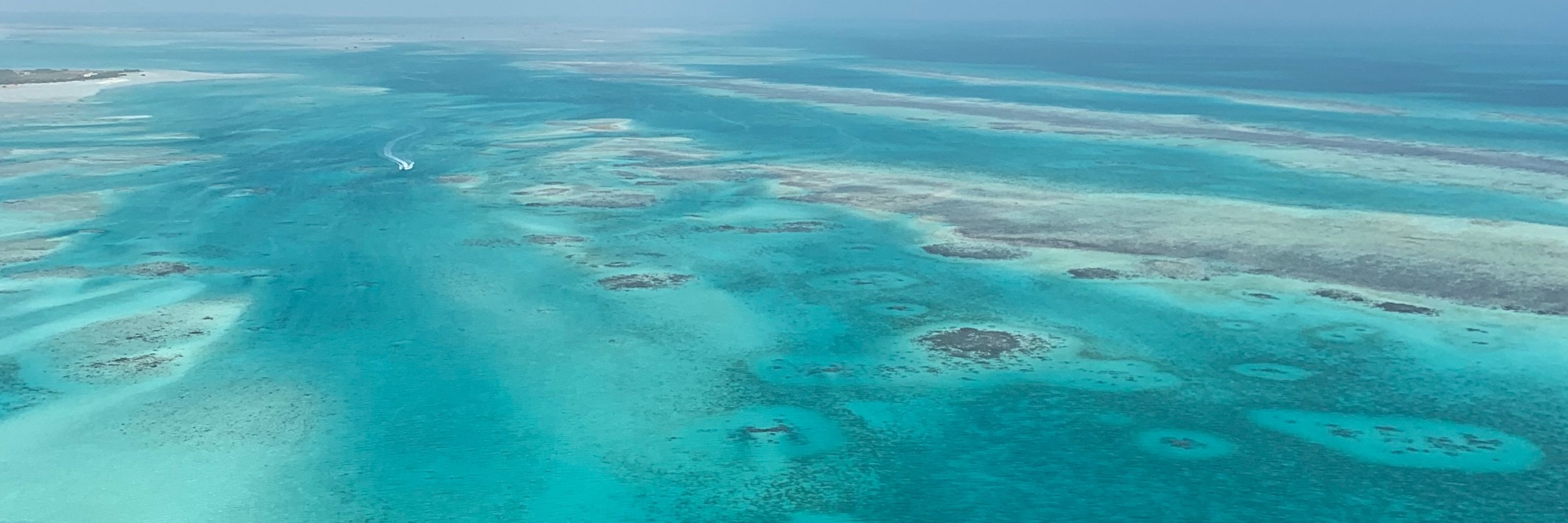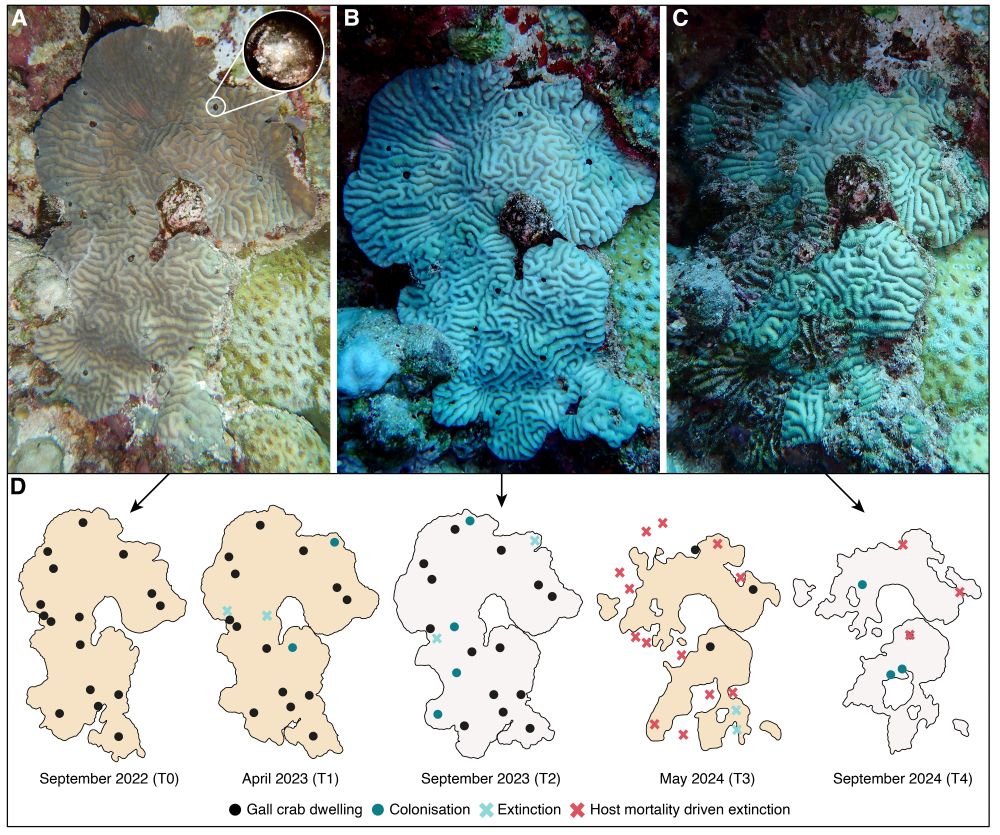



In some cases, we even observed slight increases.
These findings suggest that crabs take a neutral role toward the algal symbionts of stony corals.

In some cases, we even observed slight increases.
These findings suggest that crabs take a neutral role toward the algal symbionts of stony corals.





They do feed on coral mucus but since thats continously produced by the coral it doesn‘t seem to be very energy draining.
They do feed on coral mucus but since thats continously produced by the coral it doesn‘t seem to be very energy draining.

